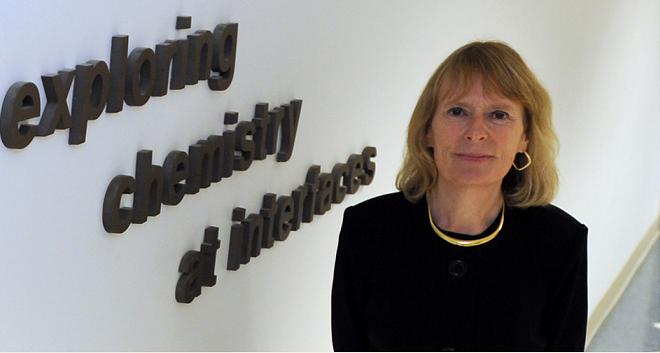Scientists at the University of California have discovered that burning fossil fuels releases substances into the air that react with the surfaces of buildings and roads to produce chlorine atoms from smog generators. One of the substances participating in the reaction is ozone, which is known to be a toxic substance at low altitudes, contrary to the important role that this gas has in the ozone layer

Scientists at the University of California have discovered that burning fossil fuels releases substances into the air that react with the surfaces of buildings and roads to produce chlorine atoms from smog generators.
Under extreme conditions, this unknown chemical reaction may contribute as much as forty parts per billion of ozone—almost half of the legal limit for air pollution in the state of California. This response has so far not been included in computer models used to predict levels of air pollution and the effectiveness of methods used to control levels of ozone, methods that may cost billions of dollars.
Ozone can cause coughing, throat irritation, chest pain and shortness of breath. Exposure to this substance is associated with diseases such as shortness of breath (asthma), bronchitis, heart and health problems and premature death.
” Practically, this reaction is probably responsible for much less than forty parts per billion, but our findings suggest that it may be significant. We need to monitor this response and include it in atmospheric models," said Barbara Finlayson-Pitts, professor of chemistry and lead author of the paper. "We still do not fully understand important components of atmospheric chemistry." When fossil fuels burn, compounds called nitrogen oxides are released into the air. Until now, scientists believed that these substances are removed from the atmosphere due to their contact with surfaces in the environment.
However, the scientists from the University of California (UCI) discovered that when the nitrogen oxides react with hydrochloric acid, which comes from sea salt carried in the air, found on buildings and roads, or with other particles in the air, highly active chlorine atoms are formed that actually accelerate the formation of the smog.
Hydrochloric acid is also found in household cleaners. When chlorine compounds in the home react with nitrogen oxides that originate from burning facilities such as stoves, the result is a chemical reaction that leads to the eating of objects.
